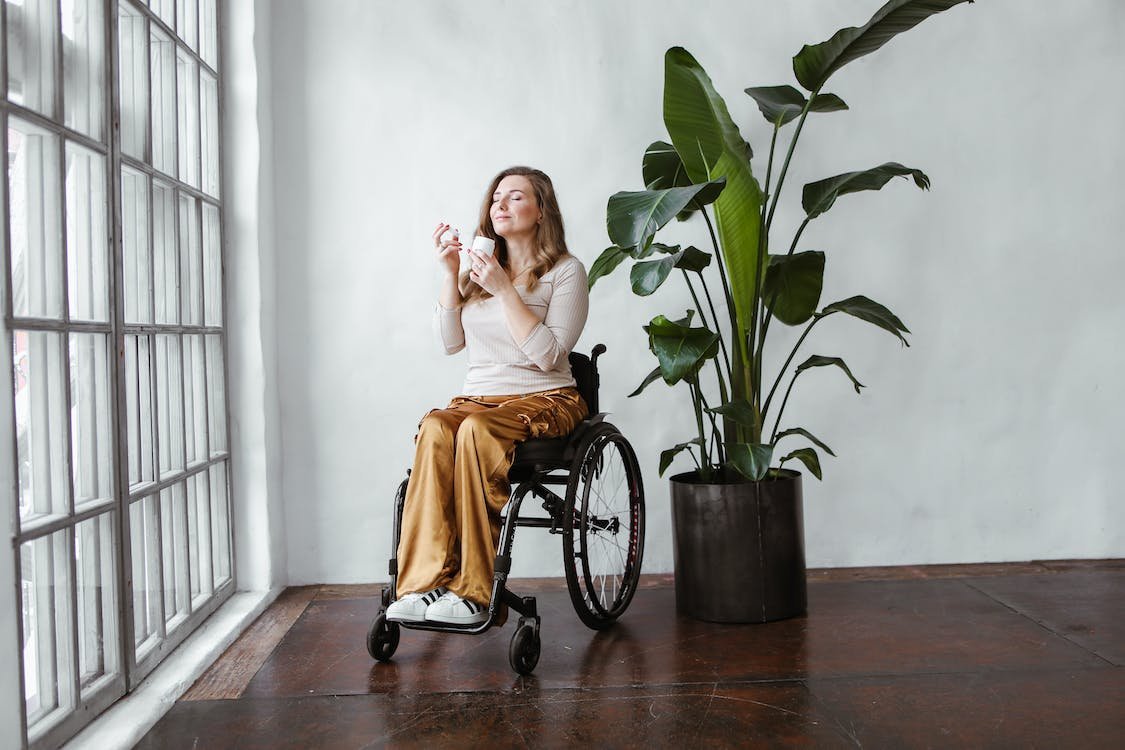Creating an Inclusive Experience for Disabled and Neurodiverse Clients
There has been a growing awareness in recent years regarding the importance of creating inclusive spaces for those who are neurodiverse or disabled. Salons and spas have been no exception: often seen as places of relaxation and rejuvenation, they too are embracing a new mindset—one that prioritises accommodating the diverse needs of all clients.
In commemoration of the 31st International Day of Disabled Persons, Alice Dawkins, Hair Expert at Milk + Blush, she shares about the importance of creating an inclusive experience for disabled and neurodiverse clients:
Visiting the salon is an enjoyable and anticipated activity for most, but for those with mental, sensory, and physical disabilities, this can be a daunting and often uncomfortable experience.
More than 15 percent of the population is neurodiverse, and 16 million Brits live with disabilities, so ensuring that facilities and services are accessible to all is essential, especially in the hair industry.
Inclusivity does not just extend to hair salons, but all beauty and wellness spaces. Fostering this inclusivity lies in a comprehensive understanding and appreciation of the unique requirements and preferences of each individual.
Recognising that disabilities come in various forms—physical, sensory, cognitive, and more—is the first step in creating a welcoming space. It's not just about physical accessibility, but also about creating an atmosphere that is conducive to comfort and relaxation for everyone. We reached out to those who identify as disabled or neurodivergent to share their experiences in the hopes of educating ourselves on how beauty and wellness spaces can promote inclusivity for all.
Elizabeth is a 58-year-old doctor who became physically disabled later in life due to a stroke, she shared her experiences with us:
I have mostly been lucky in my spa or salon experiences - not that I have many. I am usually clear in what I need and it’s pretty simple: a lower plinth level for me to lie on, a little longer to get undressed and put my clothes back on for waxing and massage.
Meanwhile Grace, a 20-year-old student who was diagnosed with ADHD earlier this year, told us:
People with ADHD [can experience] troubles with finances and self care not being on the top of our priority list, because it’s hard for us to even complete basic care sometimes. […] I would actually love to go to salons and places like that more often, from what I’ve experienced they’re the most relaxing thing ever.
Whichever way you look at it, training staff to communicate effectively and respectfully with all clients is pivotal. Educating employees about diverse needs and fostering a culture of empathy and understanding can greatly enhance the overall experience. Encouraging clients to communicate their specific requirements or preferences beforehand ensures that the salon or spa can better cater to their needs.
Another crucial point is ensuring physical accessibility. Installing ramps, widening doorways, and providing designated parking spaces are tangible steps toward accommodating clients with mobility challenges. Accessible restrooms equipped with grab bars and ample space can significantly enhance convenience and comfort.
We know that salons and spas are often filled with various sensory stimuli, from lighting and scents to sounds. For neurodivergent individuals, this environment can be overwhelming. Offering options such as adjustable lighting, fragrance-free products, or quiet areas can cater to their sensory needs. Providing noise-canceling headphones or allowing clients to bring their own can also be beneficial. Alice adds:
One stylist shared on TikTok how she accommodates clients with sensory issues by discussing any triggers ahead of an appointment and providing solutions like covering the ears and face with a towel while washing hair, tying a gown loosely, and booking appointments during quieter periods.
Non-verbal clients will also benefit from visual supports, like clear signage, labelling, and service offerings that cater to diverse communication styles and help them feel understood.
Offering flexible scheduling to suit different needs also demonstrates a commitment to providing customised services for different needs and enhancing the experience.
Similarly, adapting services to accommodate various needs is another way to promote inclusivity. For instance, offering seated or shorter-duration treatments for clients who may have difficulty sitting or remaining still for extended periods can make a significant difference. Moreover, providing options for assistance animals or allowing support companions can greatly aid those with specific needs.
It is also important to promote diversity and inclusivity through marketing materials, including images and language that reflect a variety of individuals, sends a powerful message of welcome. Representing diverse clientele in promotional content helps in creating an inclusive image and attracts a broader range of customers.
Finally, creating an open feedback system encourages clients to share their experiences and suggestions for improvement. This ongoing dialogue allows salons and spas to continually evolve and adapt their practices to better serve their diverse clientele.
Fostering inclusivity in salons and spas requires a holistic approach that goes beyond physical accommodations. It's about creating a culture of acceptance, understanding, and flexibility. By acknowledging and valuing the unique needs of every individual, these spaces can truly become sanctuaries of relaxation and beauty for all.

